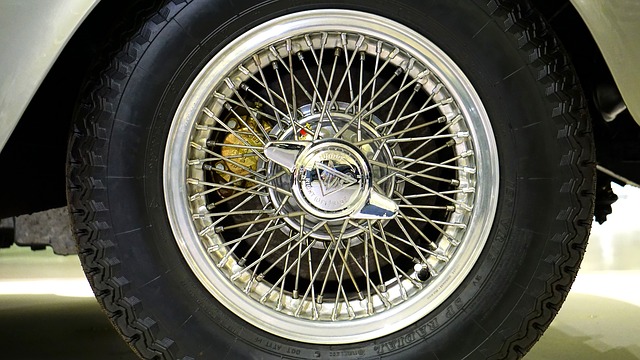All about tire safety
Tire safety is a very important matter for your general safety
Your vehicle tires are the only part of the car that has direct contact with the road. Tires influence your vehicle handling, ride, braking, and safety. Following the tire safety procedures is the best way to get the most out of your tires such as maximum mileage, safety and wear.
Safety tips
- Tire pressure: Always check the air pressure when the tires are cold. A tire can lose up to half of its air pressure and not appear to be flat. You should check your car’s tire pressure at least once a month with a quality gauge. If you don’t know what’s the recommended tire pressure, you can check your vehicle’s owner manual.
- Size and type: Your vehicle should be equipped with the right size and type of tires. You can also refer to the owner’s manual for the manufacturer’s specifications.
- Tread: Tread grooves ensure a maximum contact between the tires and road by pushing the water out from under the tread. You should check the tread once a month for excessive and uneven wear. If your tires are worn, they are more likely to hydroplane, leading to lose the control of your car and have an accident. You can measure the tread depth with a simple tread depth gauge available at any parts store.
- Damage: You must check your tires weekly for damages like bulges, cuts and cracks. Beside checking the tread, you should also inspect the sidewalls of the tires.
- Age: No matter how well you maintain your tires or how little you ride your vehicle, you should replace the tires after 6 years of use.
- Vehicle load: Overloading your vehicle can result in tire failure. Check the vehicle owner’s manual for the manufacturer’s loading specifications.
- Spare tire: Even it is not being used, it could lose air pressure. You should also check it monthly to be sure that it’s in a good condition, ready to use.




